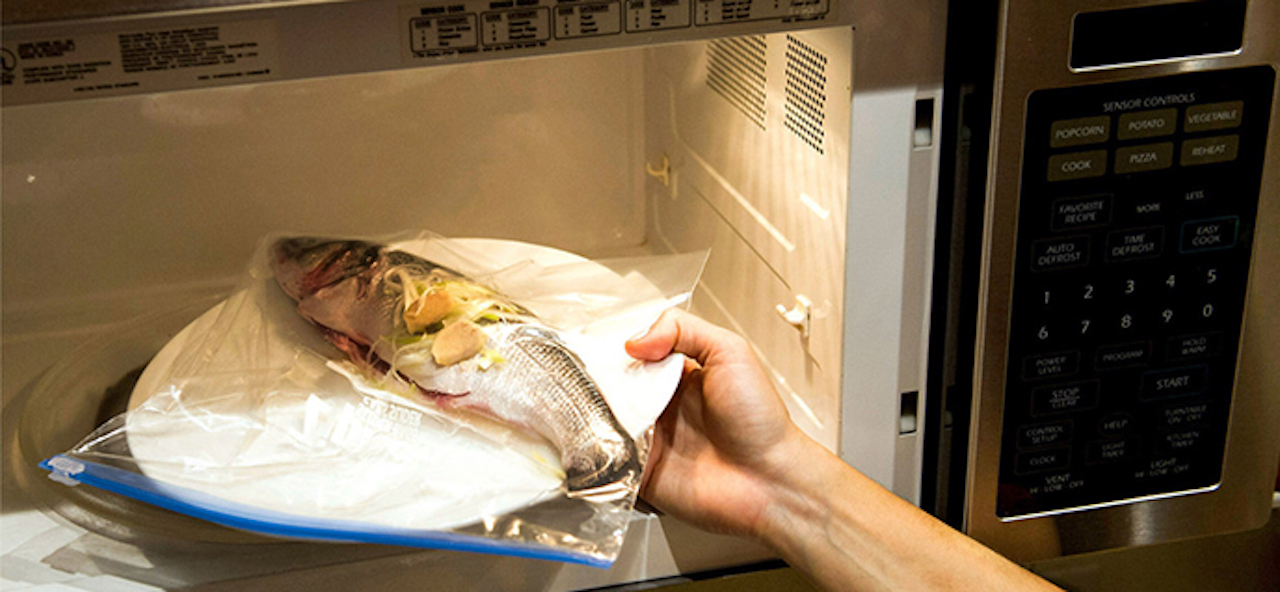

Articles
How To Roast Fish In Microwave Oven
Modified: August 24, 2024
Discover the quick and easy way to roast fish in a microwave oven with our expert articles. Gain valuable insights and step-by-step instructions.
(Many of the links in this article redirect to a specific reviewed product. Your purchase of these products through affiliate links helps to generate commission for Storables.com, at no extra cost. Learn more)
Introduction
Welcome to the world of microwave cooking! While microwaves are often associated with reheating leftovers or quickly heating up a meal, they can be incredibly versatile when it comes to cooking certain dishes from scratch. Today, we’ll be diving into the art of roasting fish in a microwave oven. If you’re looking for a quick and convenient way to enjoy tender and flavorful fish, then this guide is for you.
Roasting fish in a microwave oven offers several advantages. First and foremost, it saves you time. Traditional methods of roasting fish can take quite a while in the oven, but with a microwave oven, you can have a perfectly cooked fish in minutes. Secondly, it’s a healthier option. When fish is roasted in a microwave, it retains its moisture, resulting in a tender and succulent texture. Lastly, it requires minimal effort and expertise. Even if you’re a novice in the kitchen, you’ll find that roasting fish in a microwave oven is a breeze.
Before we dive into the steps, let’s first talk about the importance of choosing the right fish for roasting. This is an essential step as Different types of fish have different textures and flavors when cooked, so it’s important to select a fish that is suitable for roasting in a microwave oven.
Key Takeaways:
- Enjoy quick, tender, and flavorful fish by roasting in a microwave oven. Choose firm-fleshed fish, season creatively, and wrap for moist perfection. Elevate your culinary skills with this convenient cooking method.
- Microwave-roasted fish offers time-saving, healthier, and delicious seafood delights. From preparation to serving, master the art of roasting fish with ease and creativity. Elevate your culinary repertoire with microwave cooking prowess.
Read more: How To Roast Corn In Toaster Oven
Choosing the right fish
When it comes to roasting fish in a microwave oven, it’s important to choose a fish that is firm and can withstand the cooking process without falling apart. Here are a few popular fish options that work well for microwave roasting:
- Salmon: Salmon is a popular choice for roasting due to its firm texture and rich flavor. It holds up well in the microwave and retains its moisture, ensuring a delicious result.
- Halibut: Halibut is another excellent option for microwave roasting. Its mild flavor and firm flesh make it ideal for cooking in the microwave.
- Cod: Cod is a versatile fish that can be roasted in the microwave with great success. Its tender and flaky texture lends itself well to this cooking method.
- Tilapia: Tilapia is a budget-friendly fish that can be roasted in the microwave. It has a mild flavor and delicate texture that is enhanced through the microwave cooking process.
- Snapper: Snapper is a flavorful fish that holds up well in the microwave. Its firm texture and sweet taste make it a popular choice for roasting.
When selecting your fish, it’s important to ensure that it is fresh and of high quality. Look for fish that has clear, bright eyes and shiny skin. It should have a mild oceanic scent, free from any foul odors. If possible, purchase fish that has been sustainably sourced and harvested.
Once you’ve chosen your fish, it’s time to move on to the next step: preparing the fish for roasting in the microwave oven.
Preparing the fish
Before roasting your fish in the microwave oven, it’s important to properly prepare it to enhance its flavor and ensure even cooking. Here are the steps to follow:
- Cleaning: Start by cleaning the fish thoroughly under cold running water. Remove any scales, if present, by scraping them off with a knife or the back of a spoon. Pat the fish dry with paper towels to remove excess moisture.
- Trimming: Trim any fins or protruding bones from the fish using a sharp knife. This will make it easier to handle and ensure a more enjoyable eating experience.
- Gutting (optional): If you prefer, you can also gut the fish at this stage. This involves removing the internal organs. Use a sharp knife to make a clean incision along the belly of the fish and gently remove the innards. Rinse the cavity with water to ensure it is clean.
Once the fish is cleaned and prepared, it’s time to move on to the next step: seasoning options.
Seasoning options
Seasoning is a crucial step in roasting fish as it adds flavor and enhances the overall taste of the dish. Here are some popular seasoning options to consider:
- Simple Salt and Pepper: For a classic and straightforward approach, season the fish with a sprinkle of salt and pepper. This allows the natural flavors of the fish to shine.
- Lemon and Herbs: Squeeze fresh lemon juice over the fish and top it with a medley of herbs such as dill, parsley, or thyme. The citrusy brightness of the lemon and the aromatic herbs complement the taste of the fish.
- Garlic and Butter: Create a flavorful combination by rubbing minced garlic onto the fish and dotting it with small pieces of butter. This adds richness and depth to the roasted fish.
- Spicy Cajun Mix: If you prefer a bit of heat, sprinkle a Cajun seasoning mix over the fish. The blend of spices will add a flavorful kick to the dish.
- Asian-inspired Soy and Ginger: Infuse your fish with Asian flavors by marinating it in soy sauce, grated ginger, and a touch of sesame oil. This creates a delightful umami taste.
When applying the seasonings, make sure to coat both sides of the fish evenly. Gently rub the seasonings into the flesh to ensure they adhere properly.
Once the fish is seasoned to your liking, it’s time to move on to the next step: wrapping the fish for roasting.
Wrapping the fish
Wrapping the fish before roasting in the microwave is an important step as it helps to lock in moisture and flavors. It also helps to create a steaming effect, resulting in a tender and juicy fish. Here are two common methods for wrapping fish:
- Parchment Paper: Cut a piece of parchment paper large enough to wrap the entire fish. Place the seasoned fish in the center of the parchment paper. Fold the paper over the fish, folding and crimping the edges to create a sealed packet. This method allows for even cooking and easy cleanup.
- Microwave-Safe Plastic Wrap: Alternatively, you can use microwave-safe plastic wrap to wrap the fish. Place the seasoned fish in the center of the plastic wrap, and fold the edges over the fish, completely sealing it. Make sure to leave a little room for steam to escape. This method creates a sealed environment for the fish to cook in.
Regardless of the wrapping method you choose, make sure the wrapping is secure and tightly sealed to prevent any steam from escaping. This will ensure a moist and evenly cooked fish.
With the fish properly wrapped and sealed, it’s time to move on to the next step: preparing the microwave oven for roasting.
To roast fish in a microwave oven, lightly season the fish with salt, pepper, and your choice of herbs. Place the fish in a microwave-safe dish, cover with a microwave-safe lid or plastic wrap, and cook on high for 3-5 minutes per 1/2 pound of fish, or until the fish flakes easily with a fork. Let it stand for a few minutes before serving.
Read more: How To Roast Garlic In Toaster Oven
Preparing the microwave oven
Before you begin the roasting process, it’s essential to prepare your microwave oven to ensure the best results. Here’s what you need to do:
- Clean the microwave: Ensure that the microwave oven is clean and free from any food debris or residue. Wipe down the interior with a damp cloth to remove any lingering particles.
- Choose a microwave-safe dish: Select a microwave-safe dish that is large enough to accommodate the wrapped fish without touching the sides of the dish. This will allow for even cooking and prevent potential damage to the microwave.
- Elevate the dish: To promote proper air circulation and prevent the fish from becoming soggy, place a microwave-safe rack or a small overturned microwave-safe plate inside the dish. This will elevate the fish slightly above the surface of the dish.
Once you’ve completed these steps, your microwave oven is now ready for the roasting process. It’s time to move on to the next step: cooking instructions.
Cooking instructions
Now that your fish is prepared, seasoned, and wrapped, and your microwave oven is ready, it’s time to start the cooking process. Follow these steps for perfectly roasted fish:
- Place the wrapped fish in the microwave-safe dish: Carefully place the wrapped fish in the prepared microwave-safe dish, ensuring it is centered and not touching the sides of the dish.
- Cover the dish: Cover the dish loosely with a microwave-safe lid or microwave-safe plastic wrap. This will help to retain steam and moisture during the cooking process.
- Set the microwave power and time: Set the microwave to medium power or around 50-60% power to ensure gentle and even cooking. Start with a shorter cooking time, such as 3-4 minutes per pound of fish, and adjust accordingly based on the wattage of your microwave and the thickness of the fish. Note that thicker cuts of fish may require longer cooking times.
- Start the cooking process: Place the dish with the wrapped fish in the microwave and start the cooking process. Ensure that the fish is cooking evenly and that steam is building up within the wrapping.
- Rotate and flip the fish: To promote even cooking, rotate the dish halfway through the cooking time. If your microwave doesn’t have a rotating tray, manually flip the fish over to ensure both sides are cooked evenly.
- Continue cooking and check for doneness: Allow the fish to cook for the recommended time, checking for doneness periodically. The fish is ready when it flakes easily with a fork and is opaque throughout. Be careful not to overcook the fish, as it can become dry.
Remember, cooking times may vary depending on the wattage of your microwave and the thickness of the fish. It’s always a good idea to use a meat thermometer to ensure the fish reaches an internal temperature of 145°F (63°C) for optimal food safety.
Once the fish is cooked to perfection, it’s time to move on to the next step: checking for doneness.
Checking for doneness
Checking for doneness is a crucial step to ensure that your roasted fish is perfectly cooked. Here are some indicators to help you determine if the fish is ready:
- Flakiness: Gently insert a fork into the thickest part of the fish and twist it slightly. If the fish flakes easily and the flesh is opaque, it is a sign that it is cooked through.
- Internal temperature: Using a meat thermometer, check the internal temperature of the thickest part of the fish. The fish is done when it reaches a minimum internal temperature of 145°F (63°C).
- Texture: The fish should have a firm texture but still be moist and tender. It should not be mushy or rubbery.
- Color: The fish should have a consistent and uniform color throughout. It should be opaque, rather than translucent or raw-looking.
If the fish is not yet cooked to your desired doneness, return it to the microwave oven and continue cooking in short intervals, checking for doneness regularly. Remember to make any necessary adjustments based on the thickness of the fish and the wattage of your microwave.
Once the fish is perfectly cooked, it’s time to move on to the final step: serving and enjoying the roasted fish.
Serving and enjoying the roasted fish
Now that your roasted fish is cooked to perfection, it’s time to serve it up and enjoy the delicious flavors you’ve created. Here are some tips for serving and enhancing your roasted fish:
- Unwrap and Plate: Carefully unwrap the fish from its wrapping, being mindful of any steam that may escape. Place the fish on a serving platter or individual plates.
- Garnish: Add a finishing touch to your roasted fish by garnishing it with fresh herbs such as parsley or dill. This not only adds a pop of color but also enhances the presentation.
- Squeeze of Citrus: For an extra burst of flavor, squeeze some lemon, lime, or orange juice over the fish just before serving. The acidity of the citrus will complement the roasted flavors.
- Serve with Accompaniments: Consider serving your roasted fish with some complementary side dishes. A simple green salad, roasted vegetables, or a side of steamed rice can all be excellent choices to complete the meal.
- Enjoy! Take a moment to appreciate the efforts you’ve put into roasting the fish and savor the delicious flavors and textures. Enjoy it as a main course for a well-rounded meal.
Remember, while roasted fish is flavorful on its own, you can also experiment with different sauces or condiments to further enhance the taste. Tartar sauce, mango salsa, or a squeeze of hot sauce can add an extra layer of flavor to your dish.
Now that you know how to roast fish in a microwave oven, you can confidently prepare this quick and tasty dish whenever you’re in the mood for a seafood delight. Enjoy the convenience and deliciousness of microwave-roasted fish in the comfort of your own kitchen.
So, grab your favorite fish, seasonings, and get ready to embark on a culinary adventure. Happy roasting!
Read more: How To Roast Jalapenos In Toaster Oven
Conclusion
Roasting fish in a microwave oven offers a quick, convenient, and delicious way to enjoy tender and flavorful seafood. With the right fish selection, proper preparation, and a few essential steps, you can create a perfectly roasted fish in minutes.
Choosing the right fish is crucial for successful microwave roasting. Opt for firm-fleshed varieties such as salmon, halibut, cod, tilapia, or snapper. Ensure the fish is fresh and of high quality, as this will greatly enhance the final result.
Properly preparing the fish involves cleaning, trimming, and optionally gutting it. Seasoning options are abundant, ranging from simple salt and pepper to exciting combinations of herbs and spices. Remember to coat both sides of the fish evenly with your chosen seasonings.
Wrapping the fish in parchment paper or microwave-safe plastic wrap helps to retain moisture and lock in flavors. By creating a sealed environment, the fish will be steamed to perfection, resulting in a tender and juicy texture.
Before placing the wrapped fish in the microwave oven, make sure it is clean, and choose a microwave-safe dish that is large enough to accommodate the fish without touching the sides. Elevate the dish with a microwave-safe rack or inverted plate to promote proper airflow.
Cooking the fish in the microwave requires setting the appropriate power level and cooking time. Start with a shorter cooking time and adjust according to the fish’s thickness and microwave wattage. Checking for doneness is crucial, ensuring the fish is flaky, cooked to the correct internal temperature, and has an appealing texture and color.
Once the fish is cooked to perfection, it’s time to unwrap, plate, garnish, and serve. Consider adding a squeeze of citrus or serving with delicious accompaniments to elevate the flavors and complete the meal.
In conclusion, roasting fish in a microwave oven provides a time-saving and healthier option for enjoying delectable seafood dishes. With the right techniques and a sense of culinary creativity, you can create mouthwatering roasted fish meals that will wow your taste buds and leave you satisfied. So, go ahead and harness the power and convenience of your microwave oven to embark on a flavorful journey with roasted fish.
Frequently Asked Questions about How To Roast Fish In Microwave Oven
Was this page helpful?
At Storables.com, we guarantee accurate and reliable information. Our content, validated by Expert Board Contributors, is crafted following stringent Editorial Policies. We're committed to providing you with well-researched, expert-backed insights for all your informational needs.



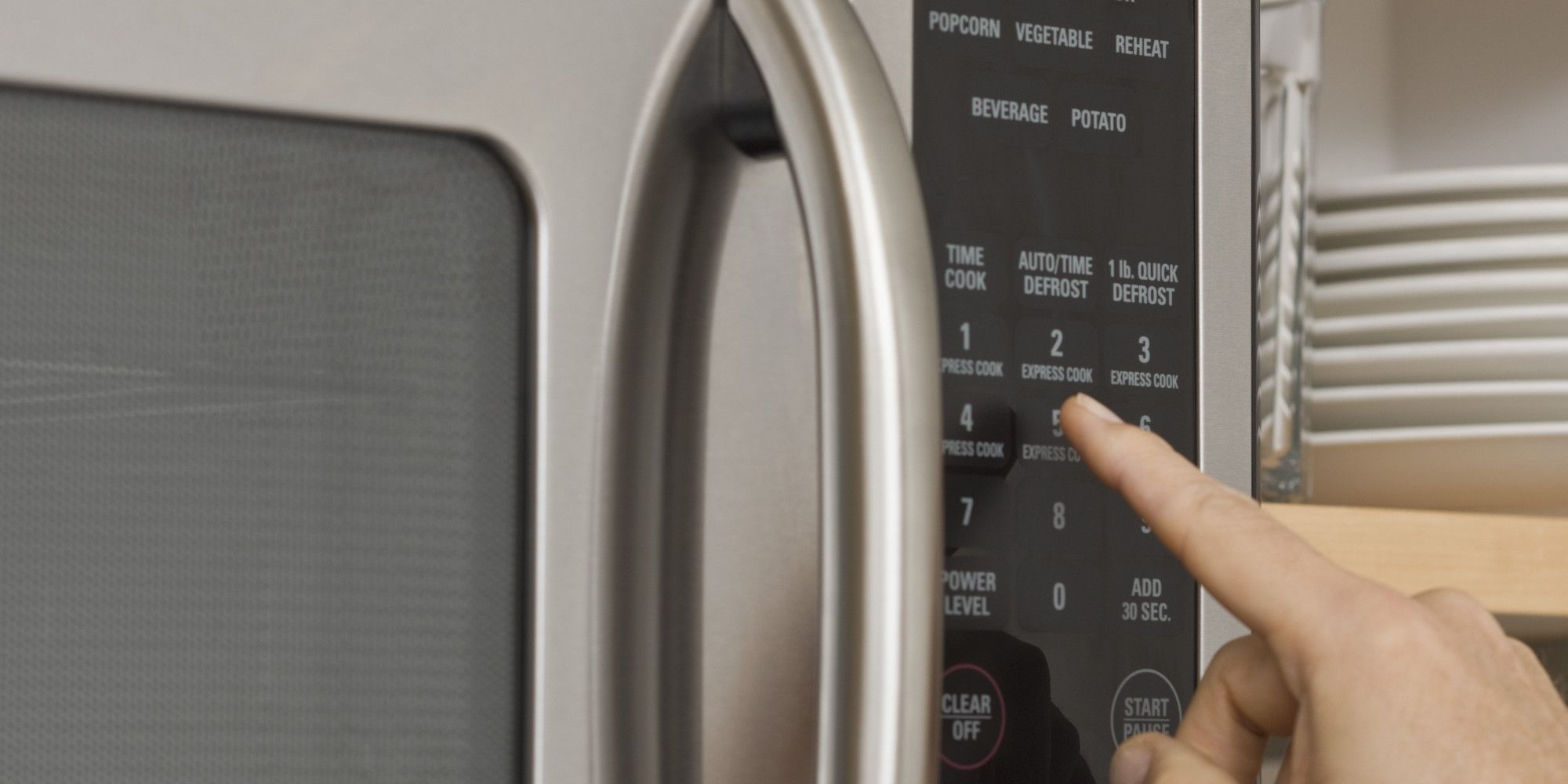
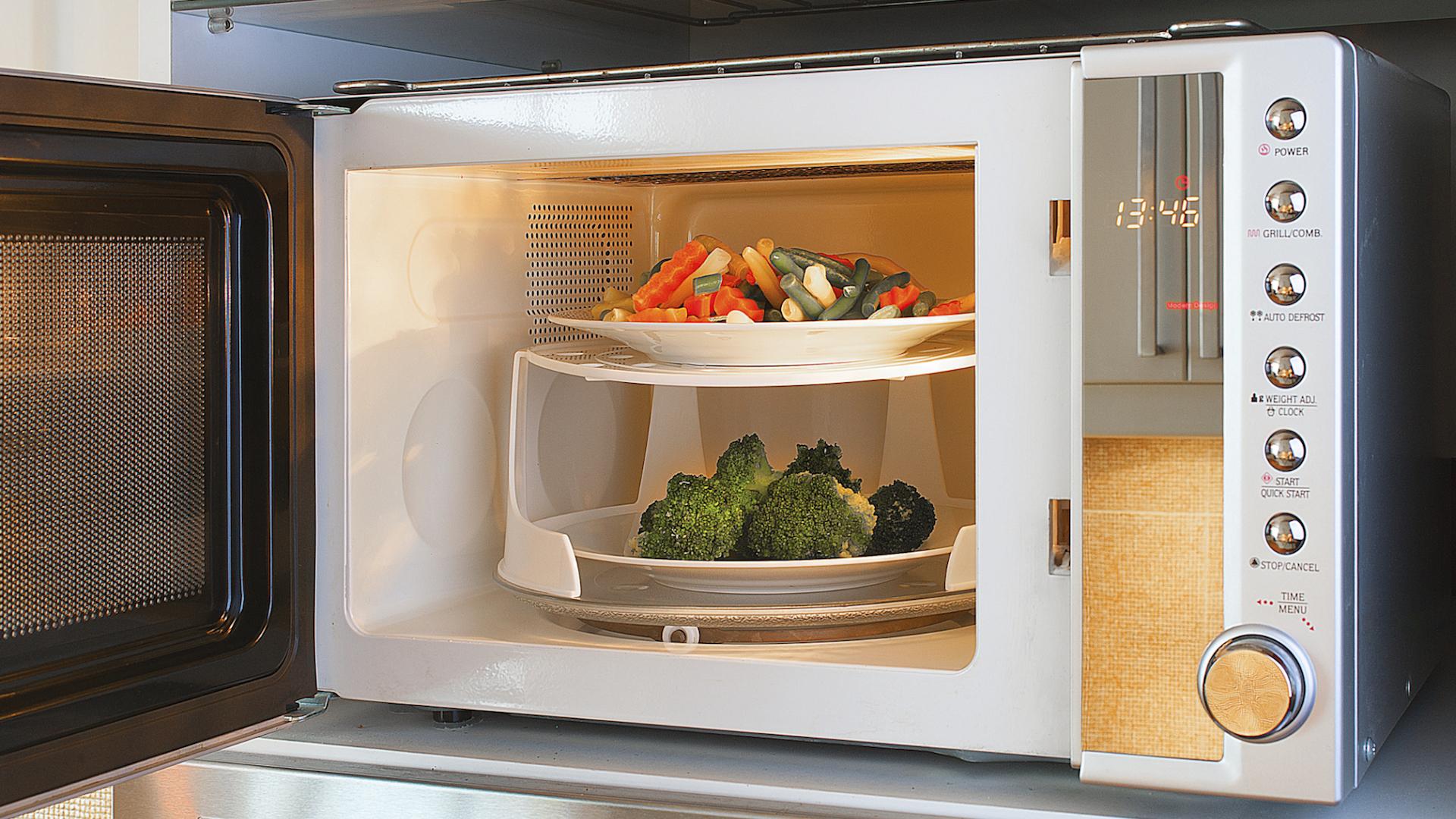
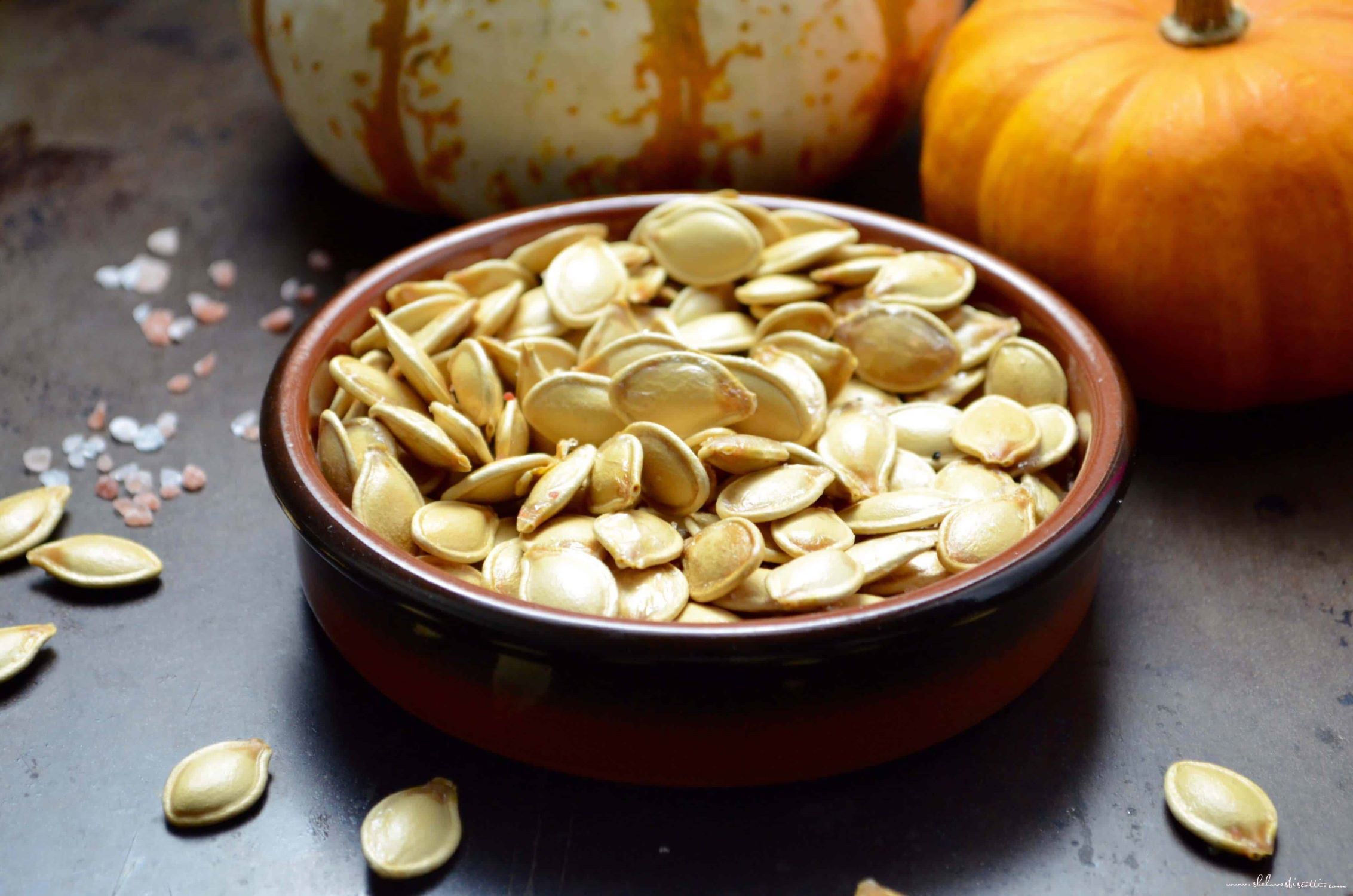
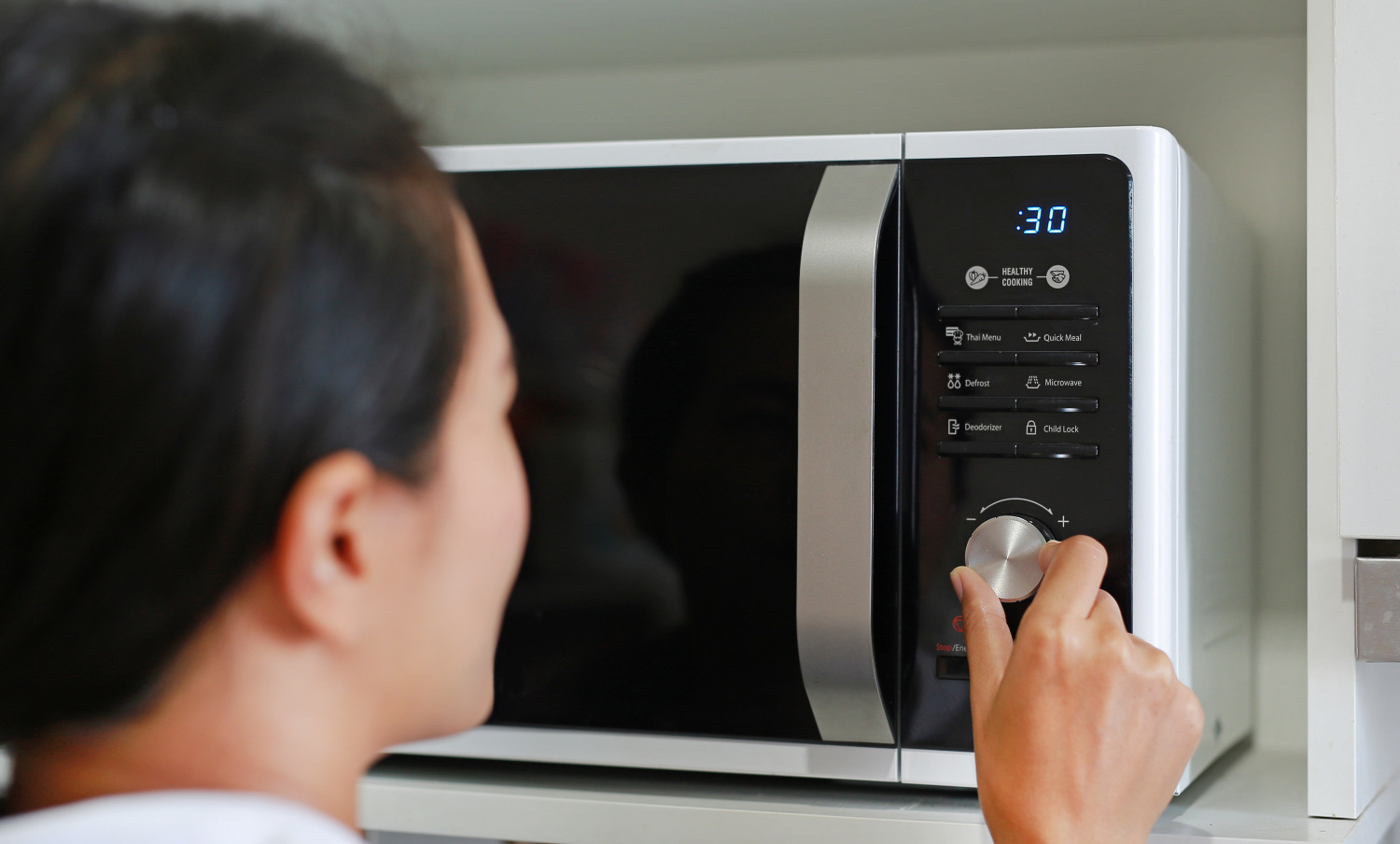
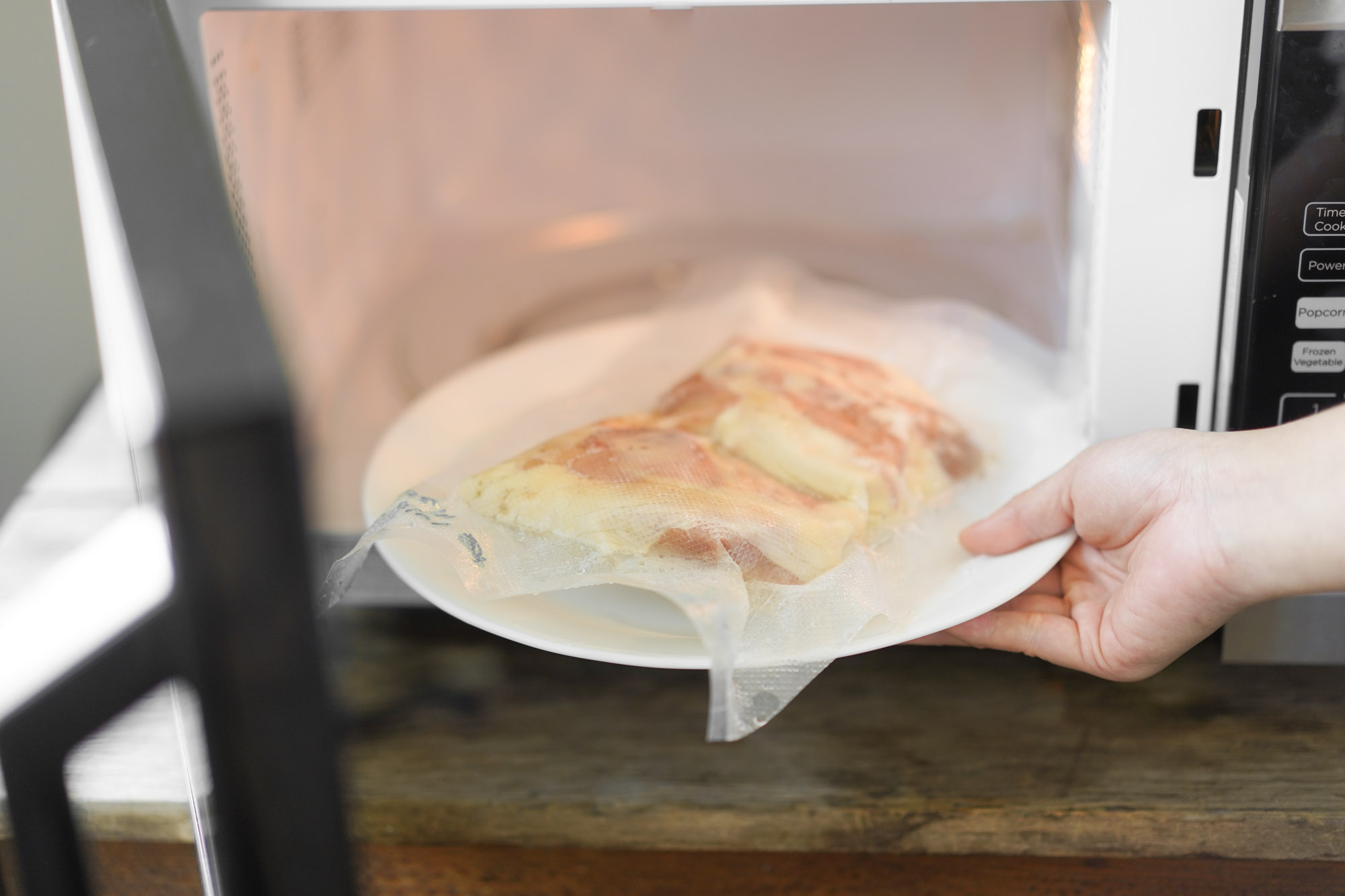

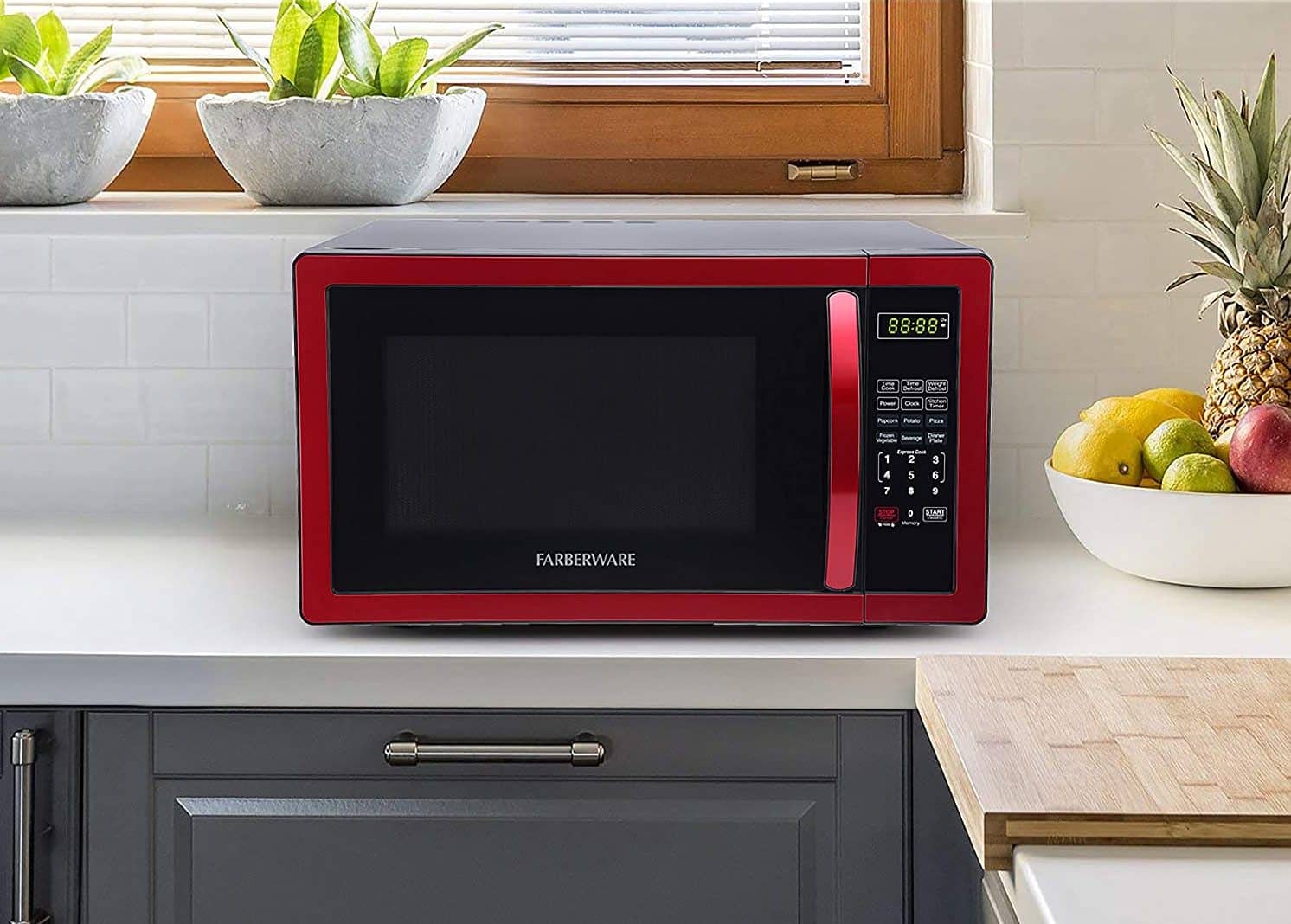
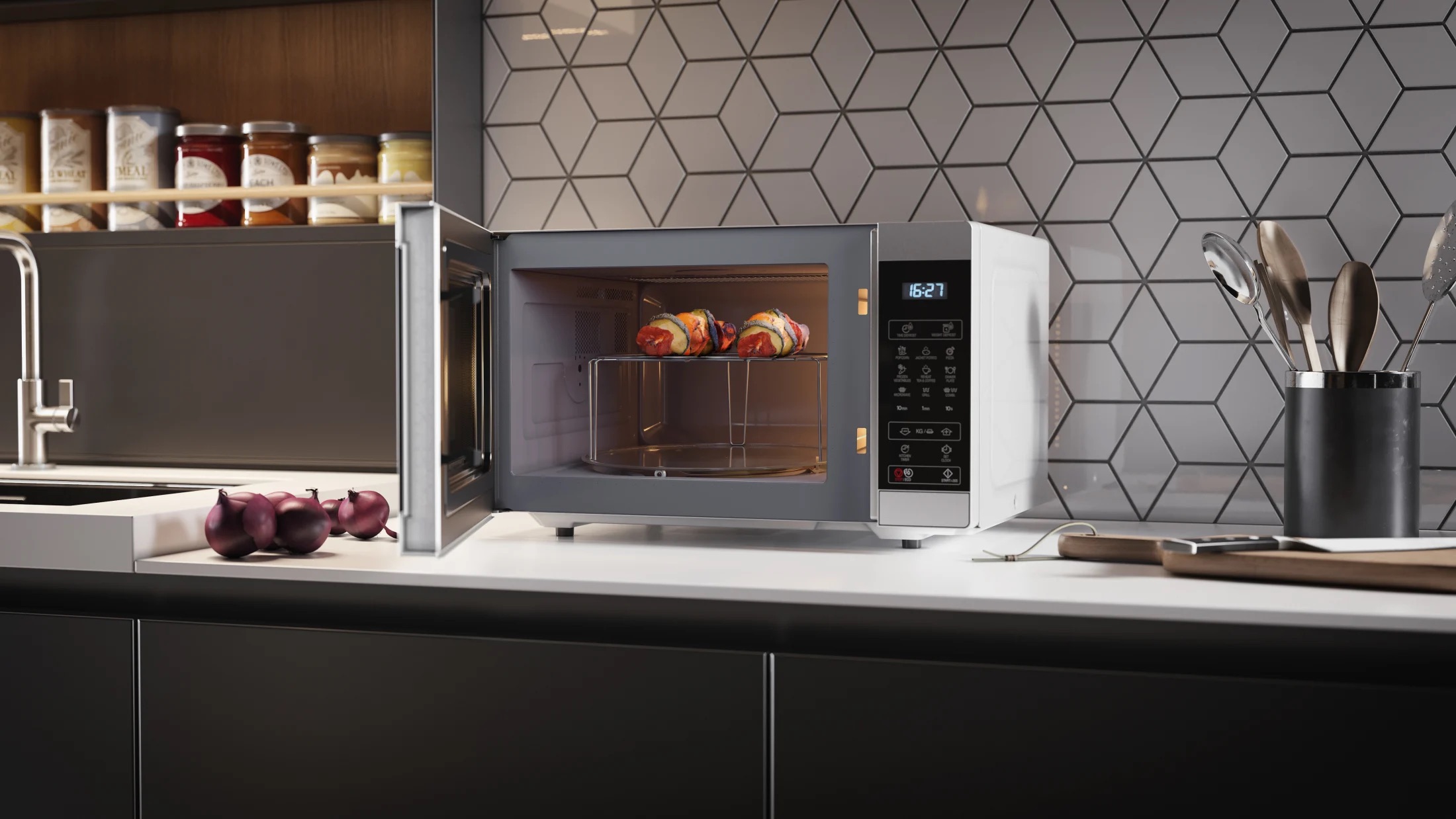
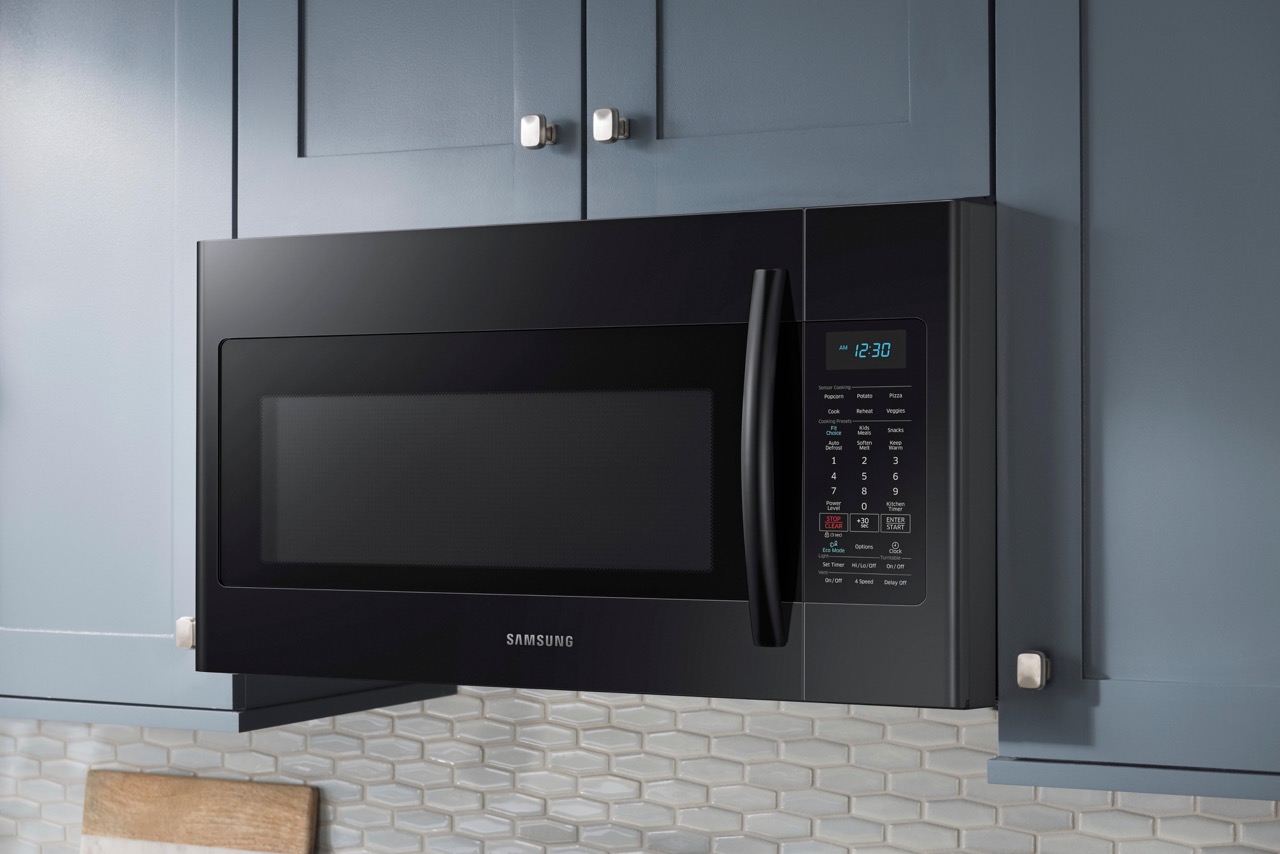
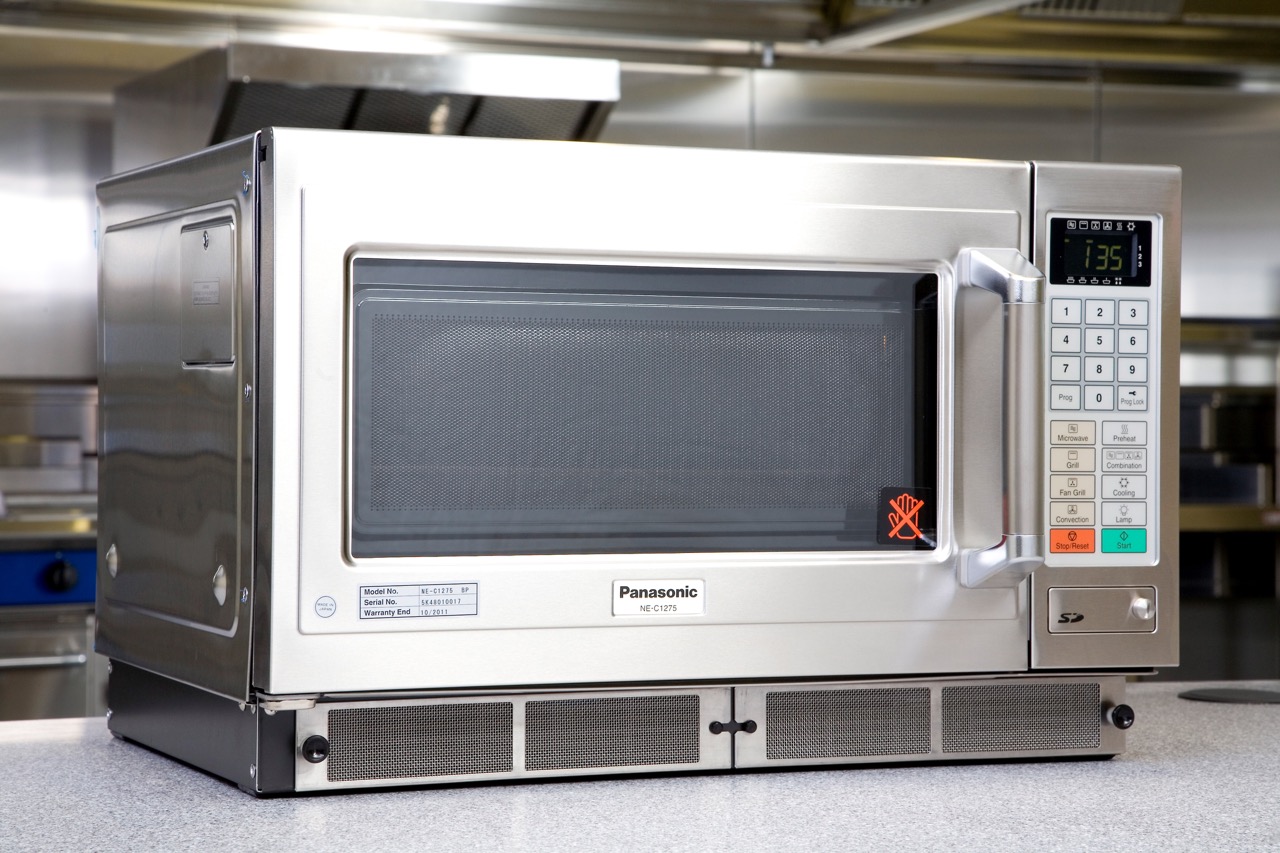

0 thoughts on “How To Roast Fish In Microwave Oven”